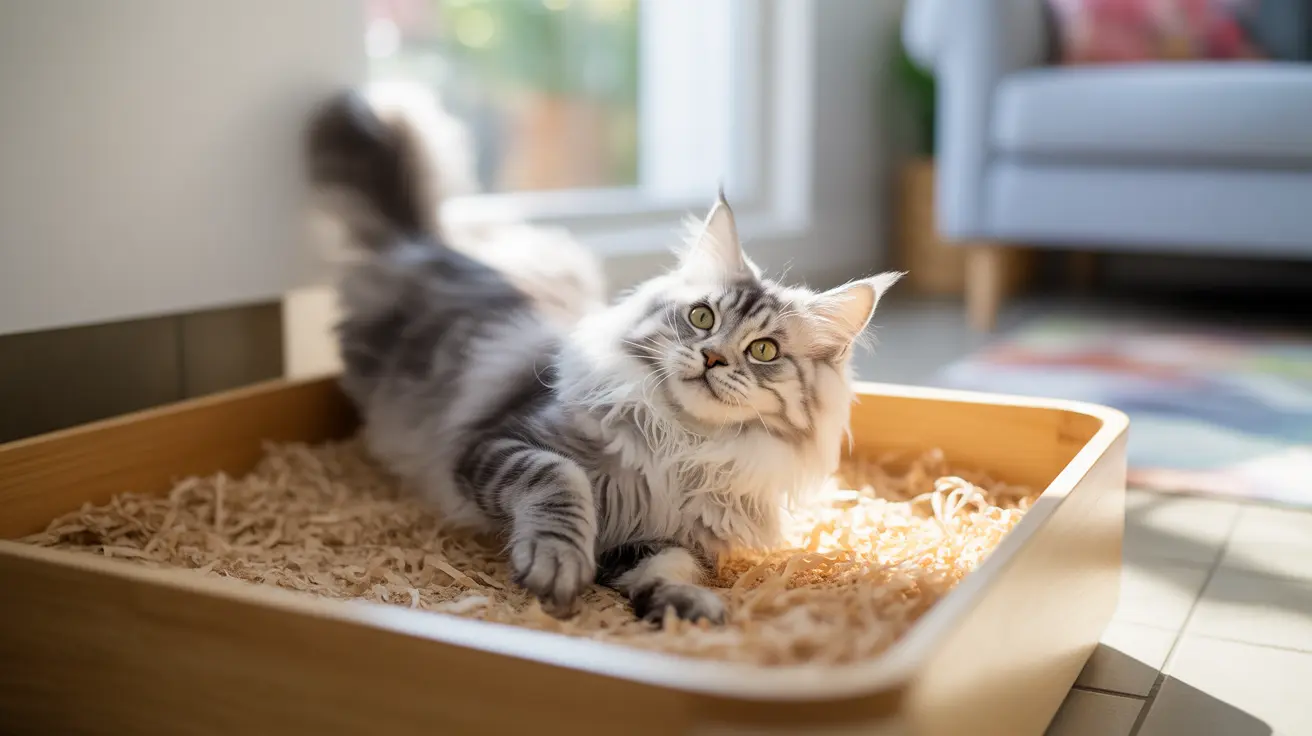Introduction
Looking for an eco-friendly and budget-conscious alternative to traditional cat litter? Shredded paper cat litter has emerged as an increasingly popular choice among environmentally conscious pet owners. This sustainable option not only helps reduce your carbon footprint but also offers several unique benefits for both cats and their owners.
In this comprehensive guide, we'll explore everything you need to know about using shredded paper as cat litter, from its environmental impact to practical implementation and maintenance requirements. Whether you're considering making the switch or just curious about alternative litter options, we'll help you understand if this eco-friendly solution is right for your feline friend.
Environmental Benefits of Shredded Paper Litter
Shredded paper cat litter stands out for its impressive environmental credentials. Made from recycled paper products, it helps reduce landfill waste and doesn't require the resource-intensive mining processes associated with traditional clay litters. The material is fully biodegradable and can be composted after removing solid waste, making it an excellent choice for environmentally conscious pet owners.
Unlike clay-based products, paper litter contains no harmful chemicals or artificial fragrances, making it a cleaner choice for the environment. The production process also requires significantly less energy compared to manufacturing traditional litter materials.
Health and Safety Advantages
One of the most significant benefits of shredded paper cat litter is its dust-free nature. This makes it an excellent choice for cats and humans with respiratory sensitivities or allergies. Unlike clay litters that contain crystalline silica (a known carcinogen), paper litter poses no inhalation risks when used properly.
Veterinarians often recommend paper-based litters for cats recovering from surgery, as the soft texture and dust-free composition help prevent wound irritation and promote healing. The gentle material is particularly kind to sensitive paw pads.
Cost-Effectiveness and Accessibility
For budget-conscious pet owners, shredded paper cat litter offers significant cost savings compared to commercial alternatives. Whether you purchase pre-made paper litter or create your own using a paper shredder, the materials are readily available and typically much less expensive than traditional options.
The lightweight nature of paper litter also makes it easier to handle and transport compared to heavy clay alternatives, which can be particularly beneficial for elderly pet owners or those with mobility issues.
Maintenance and Performance Considerations
While shredded paper cat litter offers many advantages, it does require more frequent maintenance than traditional options. The material absorbs moisture well initially but reaches its saturation point more quickly than clay litter. This means more frequent changing is necessary to maintain proper hygiene and odor control.
To maximize performance, plan to scoop solid waste daily and replace the entire litter box contents every 2-3 days, depending on usage. Some pet owners find that adding a natural deodorizer like baking soda helps extend the litter's effectiveness between changes.
Tips for Transitioning to Paper Litter
When introducing your cat to shredded paper litter, patience is key. Start by mixing a small amount of paper litter with their current litter, gradually increasing the proportion of paper over several weeks. This slow transition helps prevent litter box avoidance and allows your cat to adjust to the new texture.
Monitor your cat's behavior during the transition period and adjust the process as needed. Some cats may adapt quickly, while others might need more time to become comfortable with the change.
Frequently Asked Questions
How effective is shredded paper cat litter for controlling odor and moisture?
Shredded paper cat litter provides moderate odor and moisture control but requires more frequent changes than traditional litter. While it absorbs well initially, it reaches saturation more quickly and needs replacement every 2-3 days for optimal performance.
Is shredded paper cat litter safe for cats with allergies or respiratory issues?
Yes, shredded paper cat litter is particularly safe for cats with allergies or respiratory issues due to its dust-free nature. Unlike clay litters, it doesn't contain harmful silica dust or chemical additives that could trigger respiratory problems.
Can I make my own shredded paper cat litter at home, and what papers are safe to use?
Yes, you can make your own paper litter using a paper shredder or by hand-shredding. Use plain, non-glossy paper or newspaper with soy-based inks. Avoid using colored paper, magazines, or papers with potentially toxic inks.
How do I transition my cat from traditional clay litter to shredded paper litter?
Gradually mix increasing amounts of paper litter with your cat's current litter over 2-3 weeks. Start with 25% paper litter, then increase to 50%, 75%, and finally 100%. Monitor your cat's acceptance throughout the transition.
What are the main environmental benefits of using shredded paper as cat litter?
The main environmental benefits include biodegradability, reduced landfill waste, lower resource consumption compared to mining clay, and the ability to compost used litter (after removing waste). It's also made from recycled materials, further reducing environmental impact.
Conclusion
Shredded paper cat litter represents an environmentally conscious and cost-effective alternative to traditional litter options. While it requires more frequent maintenance and may take some adjustment for your cat, the benefits to both the environment and your wallet make it worth considering. By understanding its advantages and limitations, you can make an informed decision about whether this eco-friendly option is right for your household.






